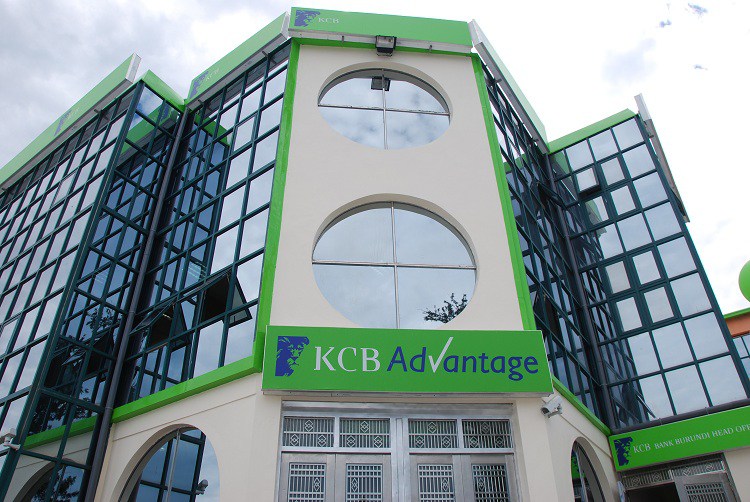KCB to Roll Out New Risk-Based Loan Pricing Model

[PHOTO/ COURTESY]
KCB Bank Kenya has announced that it will begin implementing the Central Bank of Kenya’s (CBK) revised Risk-Based Credit Pricing Model (RBCPM) starting December 1, 2025, marking a major shift in how commercial banks price loans.
In a public notice issued Monday, the lender said all new local currency variable-rate loans issued from December 1 will now be priced under the new CBK framework, which aligns loan costs with a borrower’s individual risk profile.
According to KCB, the new model will use a Common Reference Rate—anchored on the Central Bank Rate (CBR)—plus a customer-specific risk-based premium, referred to as K. The new structure is in line with the Monetary Policy Implementation Framework, which CBK introduced to enhance transparency and ensure loan pricing reflects borrowers’ creditworthiness.
The bank said that existing variable-rate loans will continue operating under their current terms for now but will be migrated to the new pricing regime within the CBK-mandated transition period ending February 28, 2026.
“All applicable fees, charges, and the total cost of credit will be fully disclosed to customers in line with the CBK requirements,” KCB stated.
The bank assured its customers that the transition will be smooth, emphasizing its commitment to responsible lending and transparency under the new regulatory framework.
“The Bank remains committed to responsible lending and supporting our customers throughout this transition period and beyond,” the notice read.
KCB also urged customers to reach out through relationship managers, the contact center, or any of its branches for consultations or clarification.
What the New Model Means
CBK revised the Risk-Based Credit Pricing Model to address concerns that banks were using opaque or inconsistent criteria to determine loan interest rates. Under the revised framework:
- Loan pricing must be anchored on clear, measurable customer risk indicators
- Banks must disclose every component of the credit cost
- Borrowers with strong credit histories may benefit from lower risk premiums
- High-risk borrowers may face higher premiums, but terms must be justified and transparent
The move follows years of negotiation between regulators, banks, and consumer protection advocates, and is expected to enhance credit access while reducing arbitrary pricing practices.





